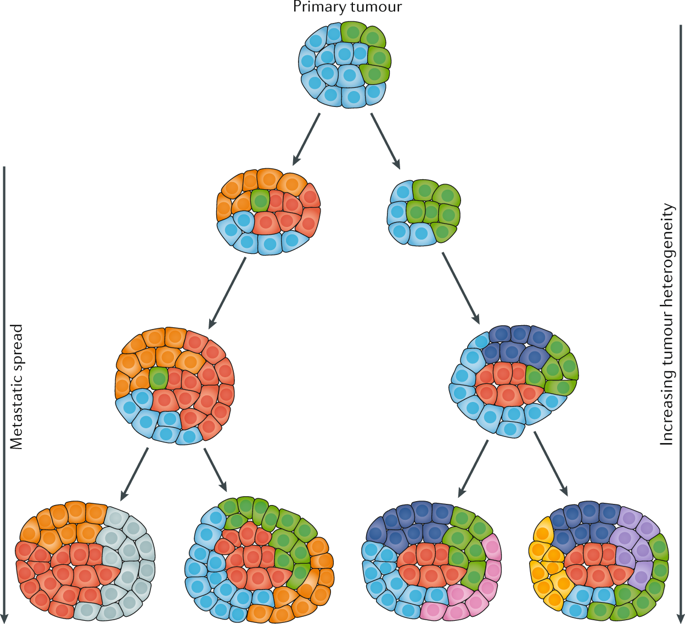当前位置:
X-MOL 学术
›
Nat. Rev. Urol.
›
论文详情
Our official English website, www.x-mol.net, welcomes your
feedback! (Note: you will need to create a separate account there.)
Harnessing cell-free DNA: plasma circulating tumour DNA for liquid biopsy in genitourinary cancers.
Nature Reviews Urology ( IF 12.1 ) Pub Date : 2020-03-17 , DOI: 10.1038/s41585-020-0297-9 Manuel Caitano Maia 1, 2 , Meghan Salgia 3 , Sumanta K Pal 3
Nature Reviews Urology ( IF 12.1 ) Pub Date : 2020-03-17 , DOI: 10.1038/s41585-020-0297-9 Manuel Caitano Maia 1, 2 , Meghan Salgia 3 , Sumanta K Pal 3
Affiliation

|
In the era of precision oncology, liquid biopsy techniques, especially the use of plasma circulating tumour DNA (ctDNA) analysis, represent a paradigm shift in the use of genomic biomarkers with considerable implications for clinical practice. Compared with tissue-based tumour DNA analysis, plasma ctDNA is more convenient to test, more readily accessible, faster to obtain and less invasive, minimizing procedure-related risks and offering the opportunity to perform serial monitoring. Additionally, genomic profiles of ctDNA have been shown to reflect tumour heterogeneity, which has important implications for the identification of resistant clones and selection of targeted therapy well before clinical and radiographic changes occur. Moreover, plasma ctDNA testing can also be applied to cancer screening, risk stratification and quantification of minimal residual disease. These features provide an unprecedented opportunity for early treatment of patients, improving the chances of treatment success.
中文翻译:

利用无细胞 DNA:用于泌尿生殖癌液体活检的血浆循环肿瘤 DNA。
在精准肿瘤学时代,液体活检技术,尤其是血浆循环肿瘤 DNA (ctDNA) 分析的使用,代表了基因组生物标志物使用的范式转变,对临床实践具有重要意义。与基于组织的肿瘤 DNA 分析相比,血浆 ctDNA 检测更方便、更容易获得、获得更快且侵入性更小,最大限度地降低了与手术相关的风险,并提供了进行连续监测的机会。此外,ctDNA 的基因组图谱已被证明可以反映肿瘤的异质性,这对于在临床和影像学变化发生之前识别耐药性克隆和选择靶向治疗具有重要意义。此外,血浆 ctDNA 检测也可应用于癌症筛查,最小残留病的风险分层和量化。这些功能为患者的早期治疗提供了前所未有的机会,提高了治疗成功的机会。
更新日期:2020-03-17
中文翻译:

利用无细胞 DNA:用于泌尿生殖癌液体活检的血浆循环肿瘤 DNA。
在精准肿瘤学时代,液体活检技术,尤其是血浆循环肿瘤 DNA (ctDNA) 分析的使用,代表了基因组生物标志物使用的范式转变,对临床实践具有重要意义。与基于组织的肿瘤 DNA 分析相比,血浆 ctDNA 检测更方便、更容易获得、获得更快且侵入性更小,最大限度地降低了与手术相关的风险,并提供了进行连续监测的机会。此外,ctDNA 的基因组图谱已被证明可以反映肿瘤的异质性,这对于在临床和影像学变化发生之前识别耐药性克隆和选择靶向治疗具有重要意义。此外,血浆 ctDNA 检测也可应用于癌症筛查,最小残留病的风险分层和量化。这些功能为患者的早期治疗提供了前所未有的机会,提高了治疗成功的机会。











































 京公网安备 11010802027423号
京公网安备 11010802027423号